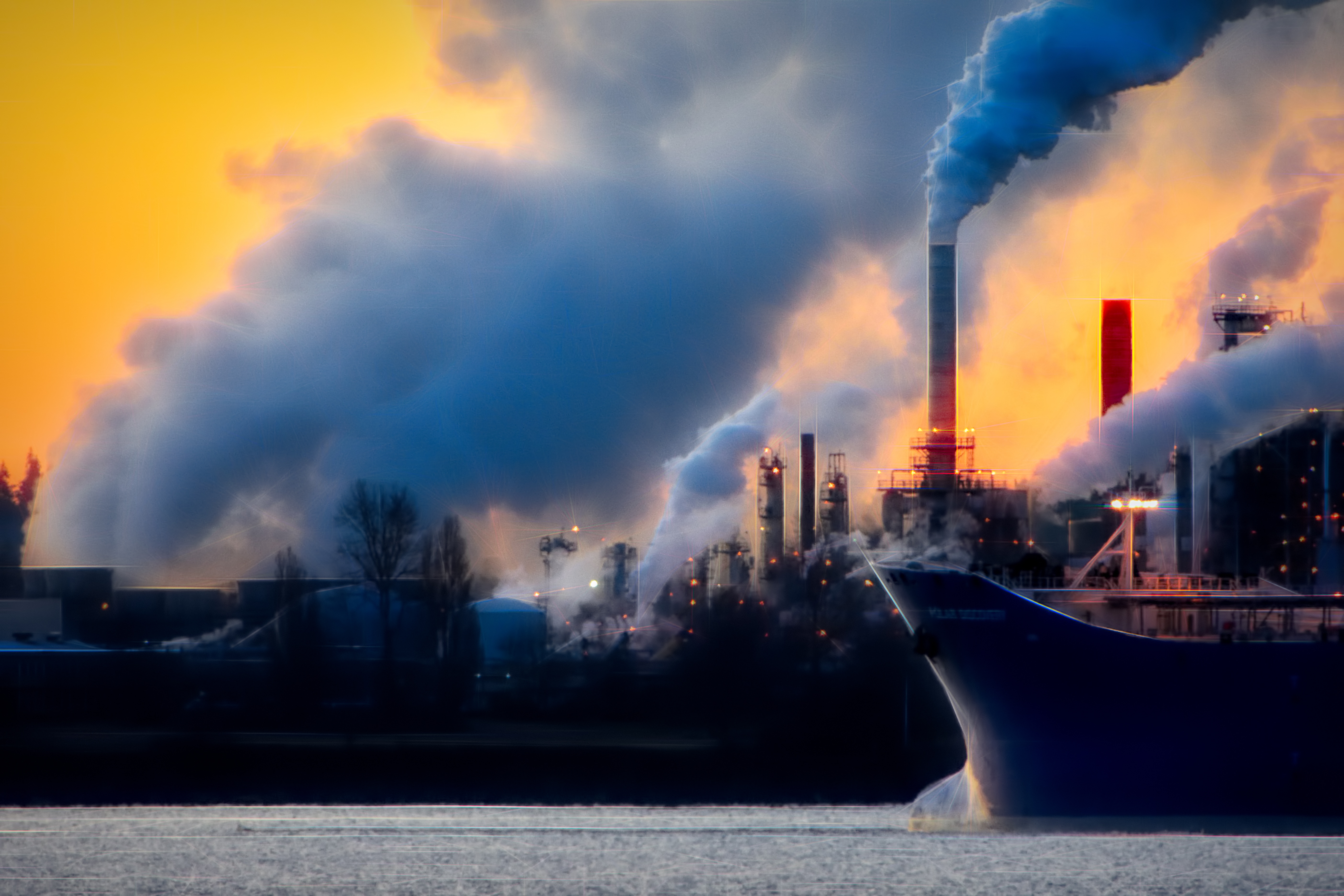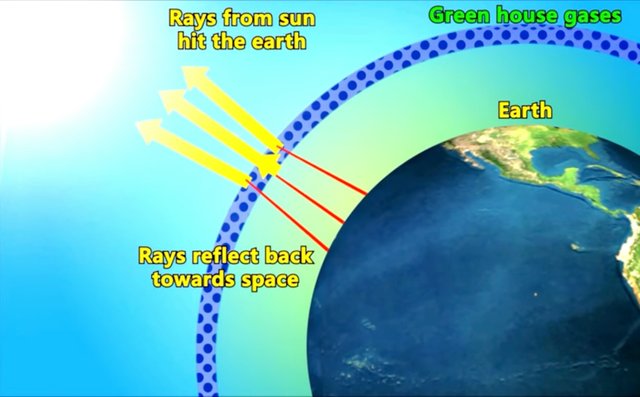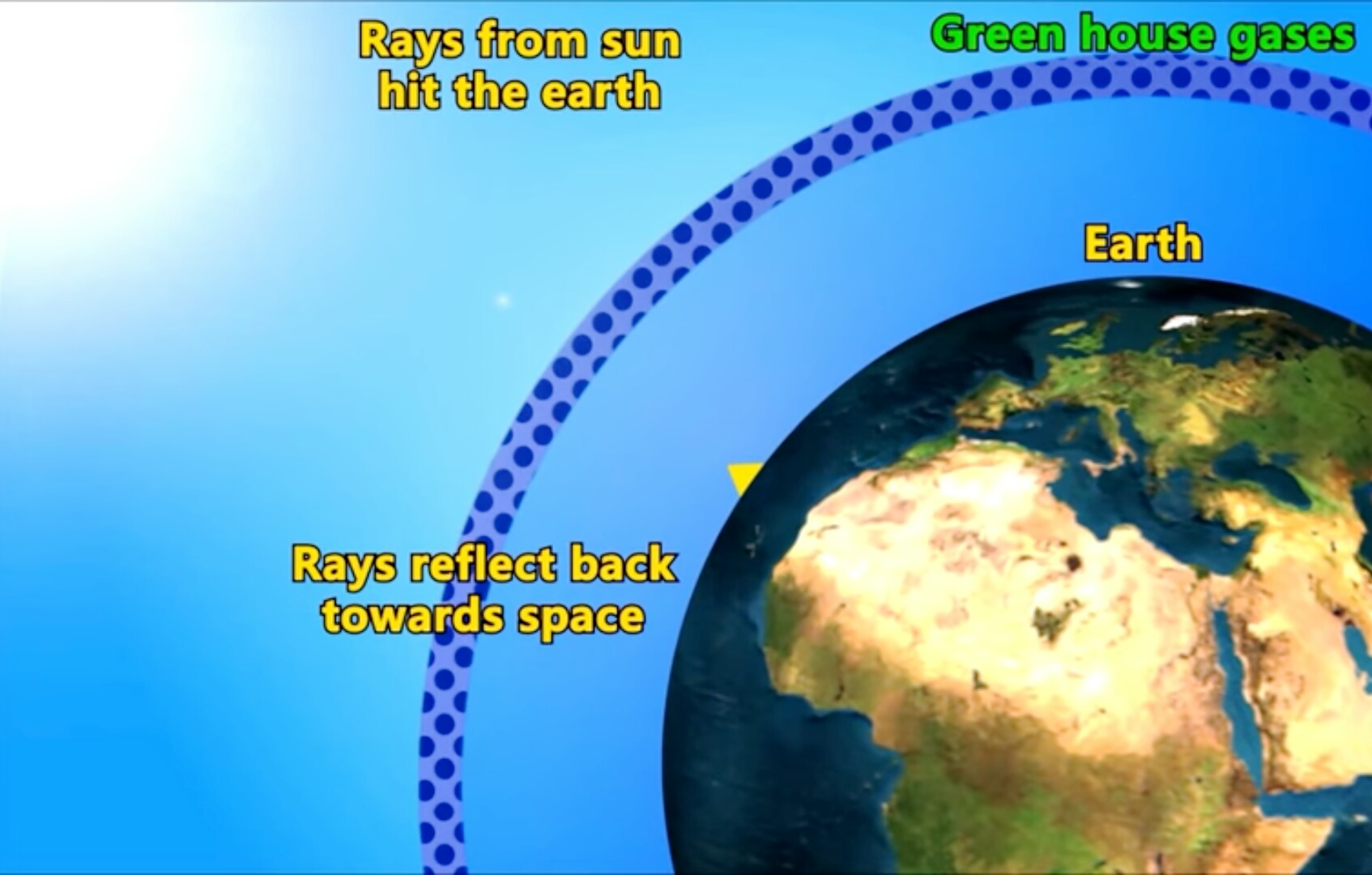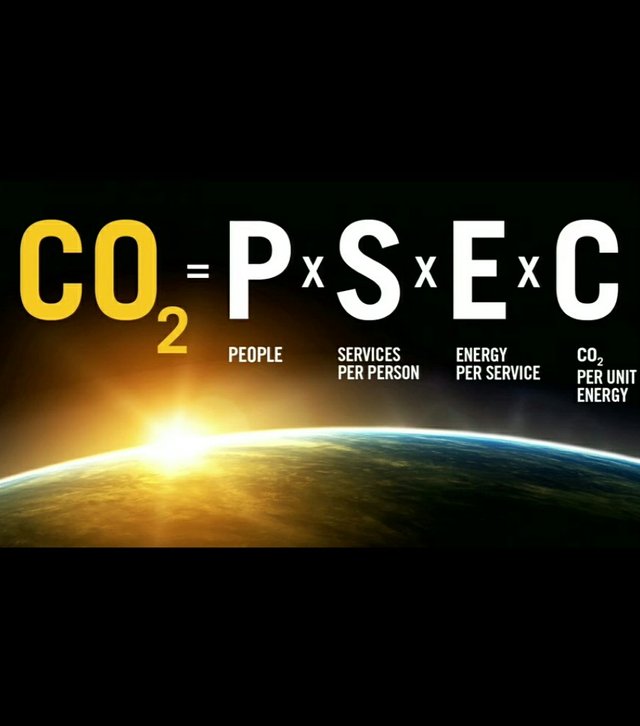Innovating to Zero & How Carbon Dioxide Causes Global Warming
Welcome
Hello. Welcome. I'm so glad you could make it. I can imagine that it was not easy for you to get here. Yesterday, I published a post on Carbon Monoxide: The Odourless, Colourless, Tasteless Gas You Can't Ignore.
That post talked about how this compound (CO) that is generated from burning hydrocarbons in the presence of a limited supply of oxygen. Then the post examined how the compound could easily bind with haemoglobin in the red blood cells preventing it from bonding with oxygen and thereby causing the body considerable harm or, in the case of those unfortunate church members, death!
Since I wrote that first equation:
CH4 + 2O2 = CO2 + 2H2O, the thought of Bill Gates TED presentation in 2010 titled Innovating to Zero has been haunting me.

It turns out that when it comes to gases that are released when hydrocarbons are burned, Carbon Monoxide is not the only one to be reckoned with. Carbon dioxide with IUPAC nomenclature Carbon IV Oxide is another gas that has far-reaching effects, not only on us as human beings but also on our earth and managing the release of this gas and other associated gases into our atmosphere is critical to survival of life on earth as we know it. This is because, with our help, these gases are causing Global Warming.

Source
Showing how the layer of green house gases helps control the earth's temperature
Green House Effect
It often happens that when a word is used everyday, over and over again, our brain tends to bother less about what they truly mean. Most people have heard about Global Warming many times. In order to fully capture what this means, we have to first look at Green House Gases and Green House Effect.
Gases such as Carbon dioxide, Methane and Nitrous Oxide are called Green House Gases. Like the roof of a green house, these Gases form a layer in the outer atmosphere which allows some of the heat from the sun to reach the earth. As this heat is reflected back into space from the earth, not all the heat passes through. Some are absorbed by the layer of green house gases. This layer would spread this heat throughout the earth, keeping it warm. This is a good thing because without it, average temperatures on earth could drop to temperatures as low as -18°C. So green house gases are doing their job of keeping the earth warm enough to support plant and animal lives. Excellent.
The problem began when human beings inadvertently, began to release excessive amounts of these green house gases into the atmosphere. Activities such as burning of fossil fuels in cars, homes, industries, all contribute to rising levels of green house gases in the atmosphere.
This results to the earth getting warmer as each year goes by, resulting in many adverse effects including extreme temperatures that are unsuitable for plants, unpredictable weather patterns, melting ice caps and flooding. These are what is meant by the effects of Global Warming.

Too much of a good thing is bad...

Unfortunately, we are not doing enough to reduce the effects of global warming, instead, we are making it worse. Plants use carbon dioxide just as animals use oxygen. By cutting down more trees than are being planted, we further increase the amount of green house gases that would make its way to the atmosphere. Consequently, global warming and it's effects get worse.
So, what can we do?
We can decide to plant trees, enact environmental laws that would reduce emissions of green house gases into the atmosphere and we can use alternative energy sources to burning fossil fuels. However, none of these would be enough to reduce and stop the catastrophic effect that global warming would have on our planet in the next thirty to forty years.
According to Bill Gates, the solution is Innovating to Zero. This entails using a variety of technologies which includes a new research area of nuclear fission that reuses already used nuclear materials, at one time providing cheaper energy and better management of nuclear proliferation and ultimately help reduce CO2 emissions to zero or near zero.
According to Bill Gates' TED presentation, the CO2 emitted into the atmosphere is related to:
- The number of People on the planet, P
- The number of services used by each person S, and that includes all the things that make us civilized
- The amount of energy expended per service, E, in other words, how efficient are our devices
- The amount of CO2 released per unit of energy, C
His finding was that it is only the last factor, the amount of CO2 released per unit of energy consumed, that we can and would want to, reduce and if possible, eliminate.
Meanwhile, it is still our planet and we owe it to ourselves to adopt behaviours that would help us protect it. These are are some things that are within our power:
- Use alternative to fossil energy whenever you can,
- Plant a tree and do not fell trees, and
- Talk about the dangers of global warming.

Thank you for visiting my blog. There is no me without you. Kindly leave a comment if you have something to add to the conversation.
Images were obtained from pixabay unless otherwise stated.
With love and gratitude,
Your boy Kels,
@churchboy


This is a very good contribution to knwoledge, especially the concept of PxSxExC = CO 2
Thank you. We have Bill Gates to thank for that.
Very informative post. But why can't we reduce these emissions effectively to forestall future disaster?
According to research, reducing carbon emissions by half won't help us in the long run. We have to bring it down to zero or nearly zero to stand a fighting chance.
Thanks for dropping by.